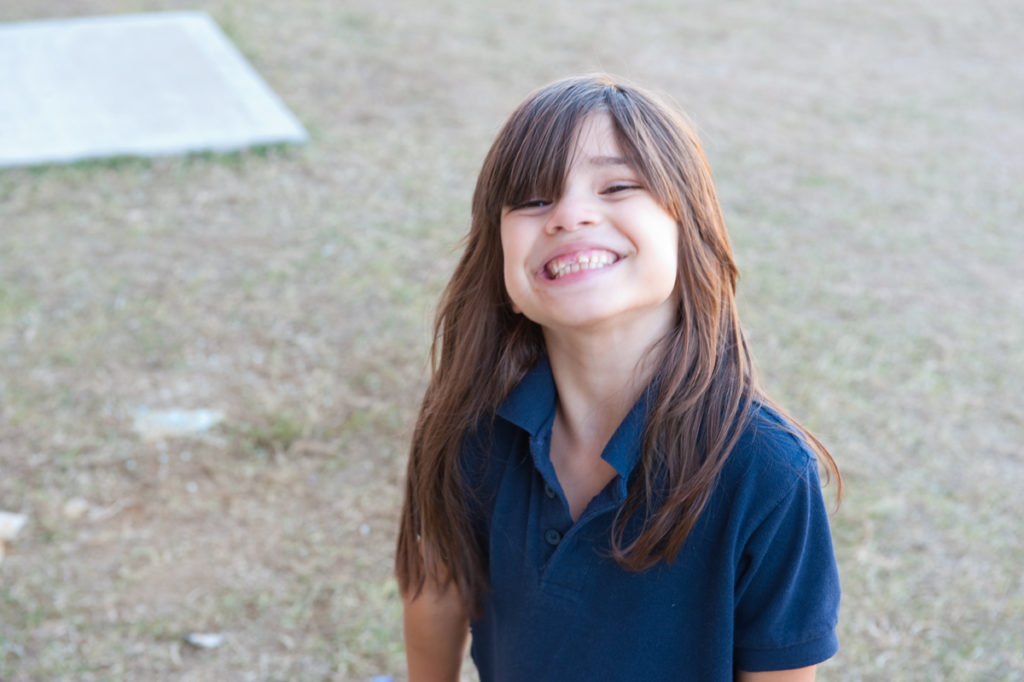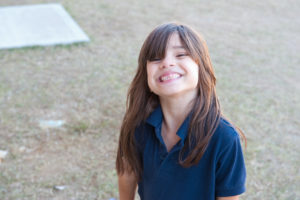

Every location in the classroom appears full of possibilities. Usually whatever five-year-olds are doing can hold their attention for a half hour or even more if we give them that kind of sustained time. You can observe this focus easily when you see a five-year-old working alone with a bunch of Legos or a lump of clay.
Fives adore their teachers and parents and significant adults. They expect that the grown-ups will create the safe boundaries, tell them what is happening next, where they are going and if they are there yet. Fives are literal. In kindergarten last week a teacher was leading a class activity to make thank you cards for volunteers who had helped out in the classroom. She wisely asked, “So, children, what do you think the word volunteer means?” There was a slight pause. It was the children thinking.
“Like when the man said, ‘can I have a volunteer from the audience?’” offered one boy. Many other children then chimed in with similar accounts, immediately accepting their colleague’s definition. The teacher acknowledged each of these and then skillfully scaffold their thinking to other connected concepts of “helping out.” The children caught on.
“I volunteer when I pass out the paper,” said a girl, as she drew her thank you card showing just that. Everyone was happy to make a card for the people they remembered who had come to their class. And the big word, volunteer, took on different specific meanings as the cards emerged from their minds onto their papers.
In this series based on Yardsticks: Children in the Classroom Ages 4–14, Chip Wood focuses on the positive developmental attributes generally present in children at different ages.